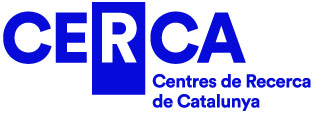This project aims to deepen in the knowledge of combustion structures in the north-western Mediterranean during Protohistory (1st millennium BC). Iron Age combustion structures can provide much more information than that obtained so far through studies largely dominated by formal aspects and through of the association of these features with both artifacts and ecofacts. The project aims to the implementation of an interdisciplinary methodology that integrates specialties such as archaeobotany (anthracology, phytoliths), organic chemistry or micromorphology, as well as experimental archaeology. We intend to develop a battery of analyses on samples from hearths and ovens of sites located in the northeast of the Iberian peninsula, the south of France and the Balearic islands, which will be completed with the construction and testing of experimental combustion structures. The latter will enable to compare and add to the information obtained from the abovementioned analyses and to verify or reject the hypotheses put forward as a result of these analyses. The set of results (temperatures reached, fuels used, food residues or other substances in contact, among other aspects) will make it possible to better understand the functioning and functions performed by combustion structures, beyond their morphology, and to verify or reject the association between variables such as the types of construction or the location and functions performed. It is expected that information on daily activities such as diet, as well as natural resources management or rituals related to fire will be enhanced. All this will enable to improve the knowledge of household organization.
https://www.instagram.com/trans_comb/
Grant PID2019-104661GB-I00 funded by MICIU/AEI /10.13039/501100011033






